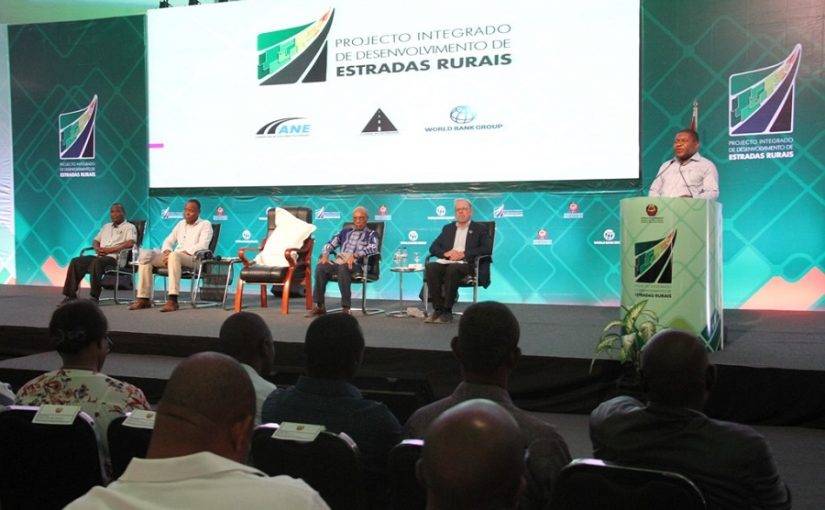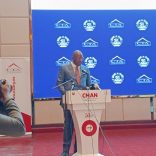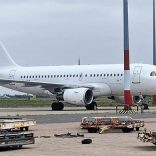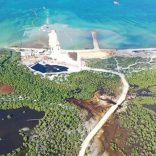Mozambique: LAM hires consultancy company - AIM report
Nyusi launches integrated rural road roads project

Photos: presidencia.gov.mz
Mozambican President Filipe Nyusi on Saturday, in the northern port city of Nacala, launched an integrated project for the development of rural roads (IFRDP), which is intended to improve the condition of rural roads in ten districts, five in the northern province of Nampula, and five in the central province of Zambezia.
Speaking at the launch ceremony, Nyusi said the project will benefit Memba, Namapa, Monapo, Mossuril and Mogincual districts in Nampula, and Pebane, Maganja da Costa, Chinde, Morrumbala and Lugela, in Zambezia.
The project also involves the rehabilitation of 35 kilometres of the main north-south highway (EN1) between Nicoadala and Namacurra in Zambezia, and a further 35 kilometres of the N10 highway that links the provincial capital, Quelimane, to Nicoadala.
The project intends to rehabilitate and maintain 2,000 kilometres of roads in the five Zambezia districts, and 1,670 kilometres in Nampula. It is expected to benefit directly about 2.2 million people.
This rehabilitation will cost 185 million US dollars – 35 million dollars from the Mozambican state budget, and 150 million dollars donated by the World Bank.
The purpose of the project, Nyusi explained, is to improve accessibility by road to allow people to move around easily, particularly in rural areas that face serious problems of access. He expected the project to lead to greater national and regional mobility, increased rural transport of people and goods, reduced costs of travel and of vehicle maintenance, and higher incomes for rural households.
Nyusi called on the National Road Administration (ANE), the Nampula and Zambezia provincial governments, and the governments of the ten districts benefitting from the project to collaborate to ensure its success.
He also urged the people living in the ten districts to cooperate, and warned that “some people may come to stir up agitation in order to make the rehabilitation and maintenance of roads difficult, for reasons that only they know”.
The World Bank country director, Mark Lundell, told the ceremony the Bank is interested “in supporting this initiative of the government in its effort to connect communities and to liberate the economic potential that better roads will allow in Zambezia and Nampula”.
Lundell noted that although average household incomes have increased in Mozambique, the lowest growth has been in Zambezia and Nampula. “One of the fundamental goals of this project”, he said, “is that improving the roads should support economic activity and productivity, and improve means of livelihood”.
He also stressed the need for better road safety, pointing out that Mozambique has one of the highest rates of mortality in traffic accidents in the world. “We need to do everything possible to reduce the number of 8,000 lives lost on the roads every year”.
Nyusi also inaugurated a new Health Science Institute in Nacala, built with Japanese support. Japan provided 90 million US dollars for the new Institute.
The President stressed that “the health of the public is very important to the government”, and to ensure that “we must bank on human capital”. Hence the government would continue to invest in training more health workers, particularly in Nampula province where the ratio is more than 1,000 people per health worker.
The institute has boarding facilities to accommodate 95 women and 95 men, and so it will recruit its students not only from Nacala, but also from other districts and provinces.














Leave a Reply
Be the First to Comment!
You must be logged in to post a comment.
You must be logged in to post a comment.